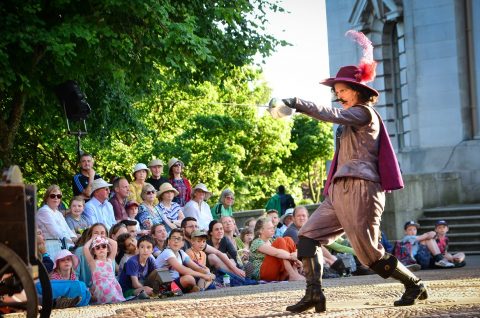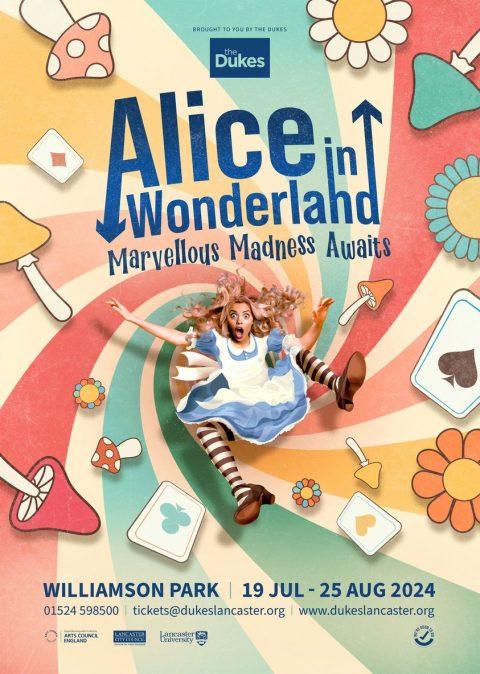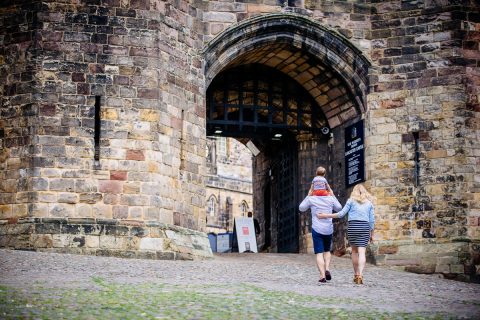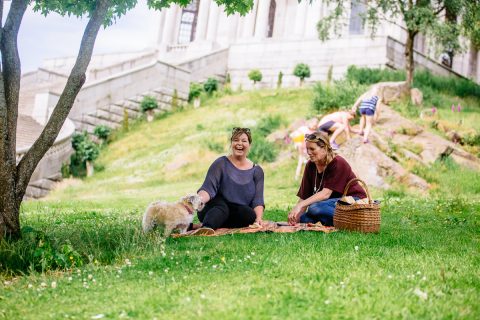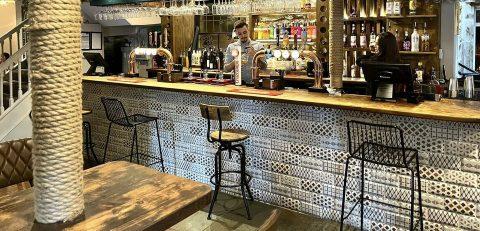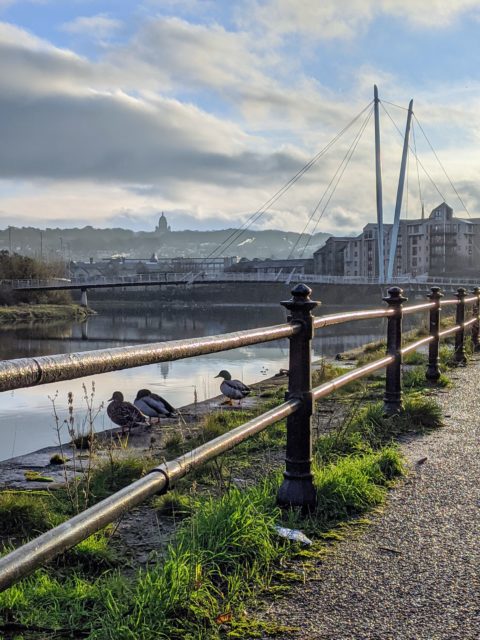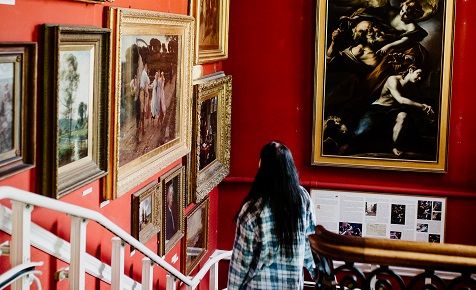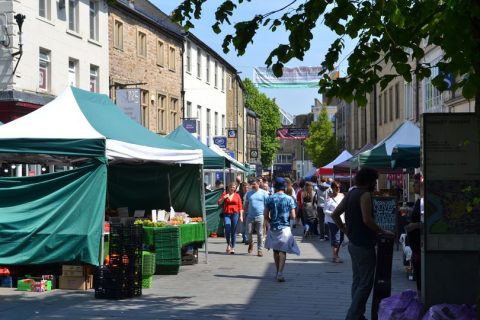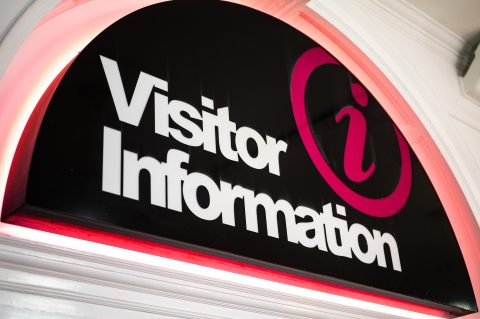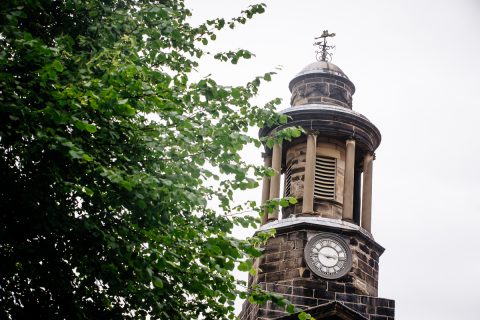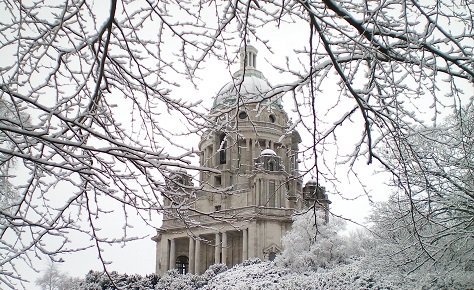History and Heritage
People have lived in our area since prehistoric times, but Lancaster’s origins as a city are rooted in the Roman era. The name means ‘fort on the River Lune’, and signs of Roman occupation can be found all over. You can visit the Roman Bathhouse on Castle Hill, and find Roman artefacts on display in the City Museum.
 Roman tombstone, Lancaster City Museum | 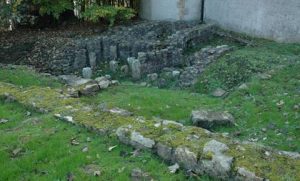 Roman Bath House and Wery Wall Remains |
In the Middle Ages Lancaster Castle was built on the same site as the old Roman fort and became the centre of law and order for the region. Lancaster received a market charter and developed into a hub of trade and industry. The Priory beside the castle was founded in 1094.
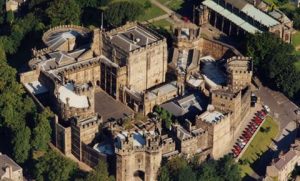 Lancaster Castle | 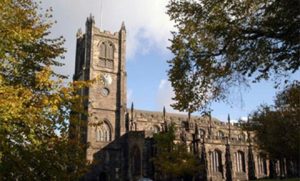 Lancaster Priory & Parish Church |
The Georgian Era was a boom time for the town. Despite being a couple of miles upriver from the sea, Lancaster became a thriving port. St George’s Quay was built beside the River Lune, lined with warehouses and a grand new Custom House – now part of Lancaster Maritime Museum, which tells the story of our district’s connections to the sea. More than 200 Georgian buildings still dominate the centre of Lancaster we know it today, built with the money that flowed in from international trade – including the transatlantic slave trade. The Lancaster Canal dates from this era, built to carry heavy goods around the country.
The Quaker movement was an influential force in our area at this time too, and many local merchants were members of the Lancaster Meeting. The Friends Meeting House built in 1708 is still in use today.
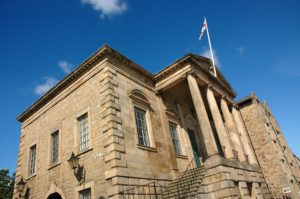 The Custom House, Lancaster Maritime Museum | 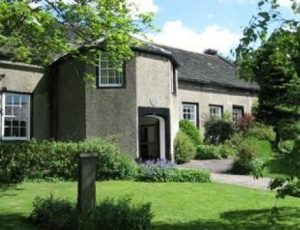 Lancaster Friends Meeting House |
The 19th century saw the rise of the Victorian industrialist. Families such as the Williamsons and the Storeys constructed factories and mills, as well as monumental public buildings such as the Ashton Memorial in Williamson Park, the huge Town Hall in Dalton Square, and the Storey Institute on Castle Hill. Lancaster’s Catholic Cathedral was consecrated in 1859.
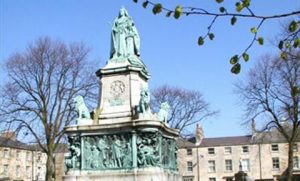 Queen Victoria Statue, Dalton Square | 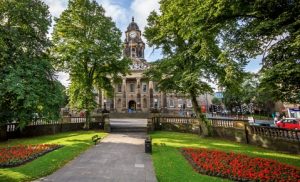 Lancaster Town Hall | |
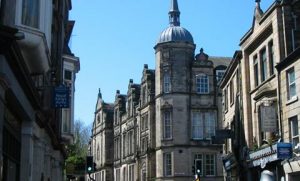 The Storey | 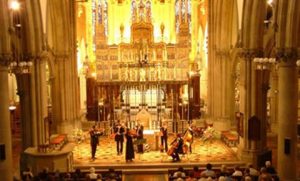 Lancaster Cathedral |
See more of the way our city has developed through the ages here: Lancaster Then and Now.


